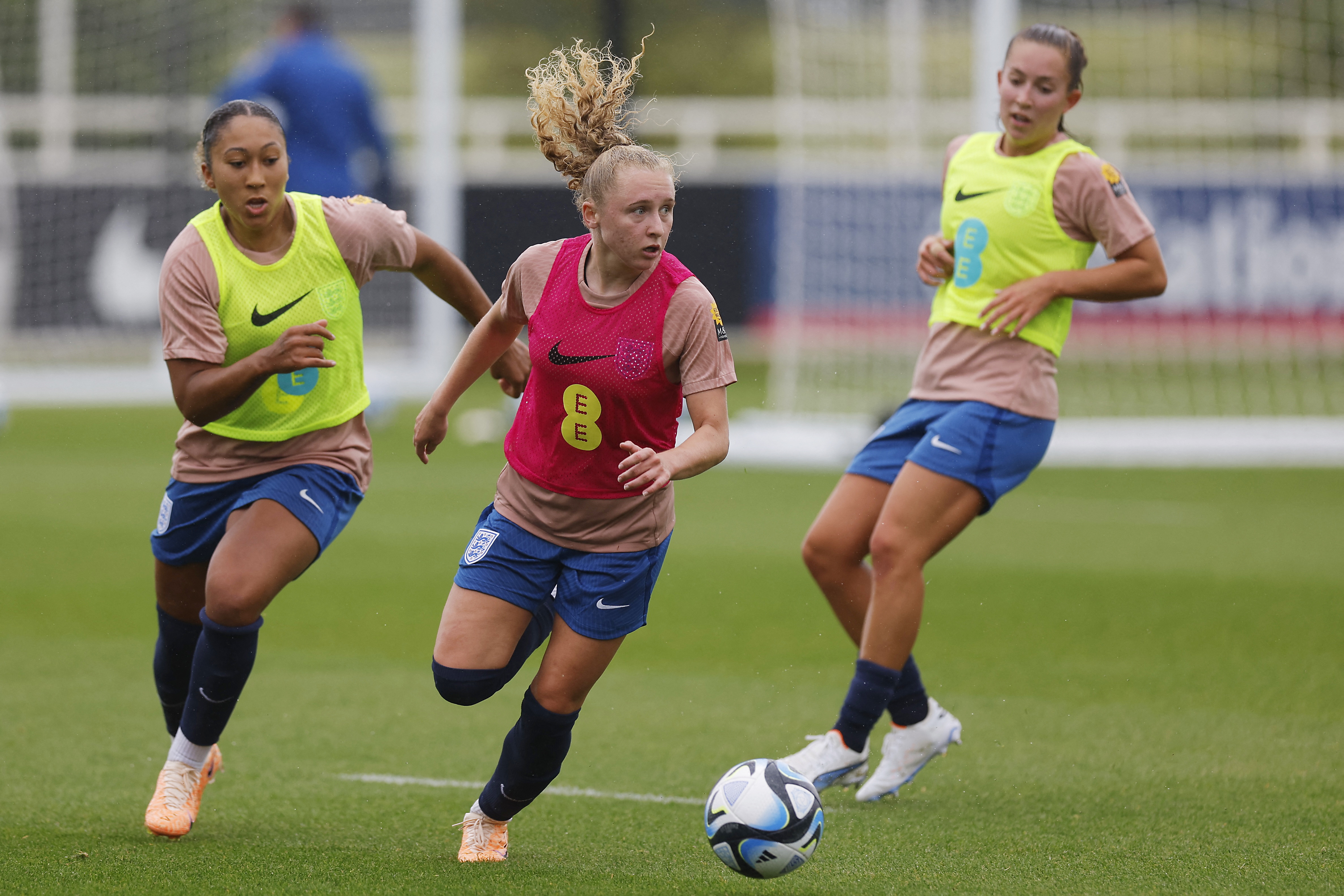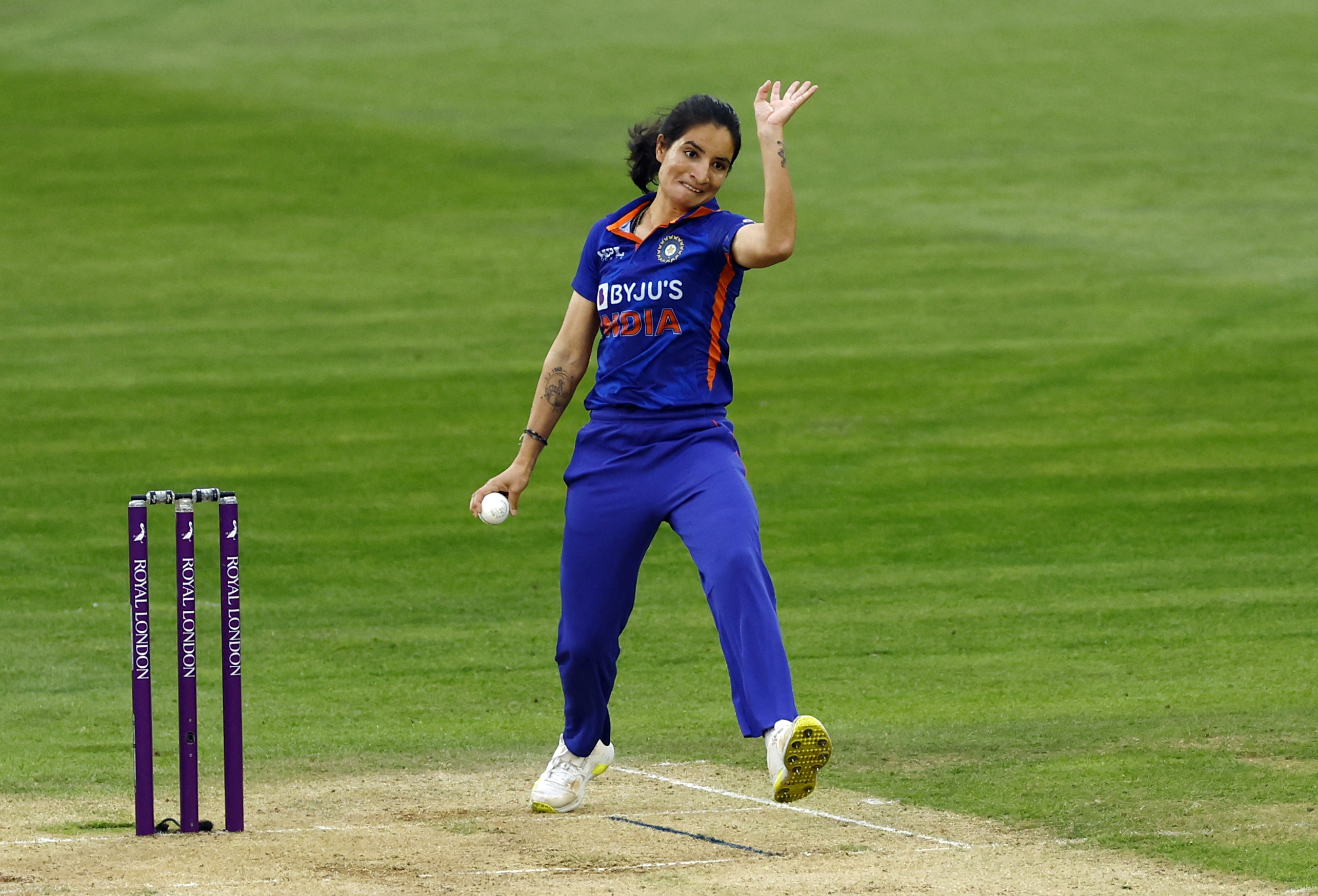You are viewing 1 of your 1 free articles
Female athletic performance: managing menopause
Menopause is the natural end of a female’s menstrual cycle and can have profound and diverse effects on women. Tracy Ward discusses how the female athlete can adapt and continue to train through the menopausal transition.

Menopause is the natural end of a female’s menstrual cycle, and clinicians define it as 12 months after the last menstrual period(1). The depletion of the sex hormone estrogen initiates the process, which may last several months up to ten years. Menopause is associated with profound hormonal, physiological, and psychological changes that see up to 90% of women seeking medical help to cope with these effects(2). Yet, it often remains underdiagnosed and misunderstood. Furthermore, symptoms may present in younger athletic groups. For example, researchers at the Christchurch Women’s Hospital in New Zealand identified symptoms in 1% of women under the age of 40 and 0.1% of women below 30; therefore, some athletes will experience this during their careers(3). In addition, women’s peak performance age in the Olympics increased consistently over the years, with many winning medals beyond 30 years old(4). Therefore, it is imperative for practitioners to support the longevity of the female athlete’s career.
The stages of menopause
Premenopause refers to the timeframe of normal, regular menstruation and fertility from puberty. The perimenopause stage commences when the ovaries stop producing as much estrogen and no longer produce an egg each month. Clinicians diagnose perimenopause by the onset of irregularities in the menstrual cycle, and the accompanying symptoms may last approximately 3-5 years (see figure 1)(5).
Menopause is the confirmed absence of menstruation for 12 consecutive months and usually occurs between 45-55 years old, with the average being 51 years old. Premature menopause may occur before 40 years due to cancers, genetics, medications, autoimmune disease, or surgery. Early menopause occurs between 40-45 years, and onset after 55 years is late menopause(5). Menopausal symptoms can begin with the perimenopause stage. They can continue for up to 5 years before menopause occurs and for approximately a year afterward, giving a considerable timespan of challenging symptoms (see table 1).
Figure 1: Changes in hormones and menstrual cycle with menopause(1).

Table 1: Menopause symptoms(5,6).
| Category | Symptoms |
|---|---|
| Vasomotor | Hot flashes |
| Night sweats | |
| Increased body mass index | |
| Increased adiposity | |
| Sleep disturbances | Insomnia |
| Disturbed sleep patterns | |
| Metabolic | Insulin sensitivity and resistance |
| Immune system dysfunction | |
| Metabolic syndrome | |
| Osteoporosis | A loss of bone density and integrity |
| Sarcopenia | The loss of muscle mass and strength |
| Cardiovascular | Heart failure |
| Coronary artery disease | |
| Stroke | |
| Psychological | Depression |
| Anxiety | |
| Mood disorders | |
| Cognitive | Worsening memory |
| Urogenital | Vaginal dryness and atrophy |
| Incontinence |
There is an increase in physical, mental, and health outcomes when individuals exercise at moderate to vigorous intensity and when the duration exceeds the average general guidelines of 150 minutes per week(7). While athletes are naturally likely to exceed this, menopausal symptoms may frequently pose a significant barrier to exercise. Therefore, clinicians should encourage and support athletes to continue exercising throughout the perimenopause stages and beyond. In addition, resistance and aerobic training can provide substantial benefits to combat many of the effects of menopause.
Menopausal training recommendations
- Resistance training
Resistance training prevents the onset or worsening of sarcopenia and osteoporosis, and if athletes progress accordingly, it improves muscle strength and bone integrity(8). This is crucial as menopausal hormonal changes accelerate bone loss(9). In addition, resistance training also positively affects the cardiovascular system, weight management, diabetes, and mental health.
To ensure a full-body approach, resistance training for menopause should target all major and accessory muscle groups. High-volume and high-load training exhibits the best results in muscle mass and physical performance and slows down the process of sarcopenia and osteoporosis(10). In addition, athletes should include pelvic floor muscle exercises to minimize or prevent vaginal atrophy and continence effects of menopause. These exercises should also be high volume and tailored to suit the demands of the athlete’s sport.
General guidelines recommend at least two strength-training sessions per week for adults; however, to combat the menopausal effects and enhance athletic ability, 4-6 times per week would elicit more benefit. Therefore, recommendations suggest 4-6 sets of 8-12 repetitions when using body weight. However, if using resistance weights, athletes should aim for a minimum of 60-80% of their one-repetition maximum (1RM), but preferably greater than 80% 1RM(5).
- Aerobic training
Aerobic training increases your heart rate (HR), lowers blood pressure (BP), and increases arterial circulation. It is important during menopause as estrogen is typically involved in regulating HR and BP, and its depletion can disturb this autonomic balance, elevating and accelerating the risk of CVD(5). In addition, the increase in blood flow from exercise is associated with improving vasomotor symptoms by reducing resting body temperature, delaying the onset of sweating, and reducing the frequency of hot flashes both initially and up to 4 years later with continued training(11,12).
Aerobic training also helps build lean muscle through protein synthesis, reduce visceral fat, and process insulin efficiently, lowering the risk of type two diabetes. Aerobic exercise should be moderate to vigorous intensity of up to 85% maximum heart rate 3-5 times per week(5). High-intensity interval training is recommended above longer endurance sessions for its positive effects on weight loss and fat reduction, increased muscle mass, lowering cholesterol, and regulating hot flashes(13,14,15). Furthermore, frequent high-intensity aerobic exercise improves the quality of sleep and some psychological symptoms such as depression and anxiety(16).
Conclusion
Menopause is a life-changing transition for females. As peak female athletic performance extends into the third and fourth decades of life, menopause symptoms and adaptations to physical activity are essential to maintaining an individual’s mental and physical well-being. Exercise is an effective treatment intervention for all the menopause stages and can positively influence musculoskeletal, vasomotor, psychological, cardiovascular, and metabolic symptoms.
Recommendations suggest frequent participation in heavy-load high-volume resistance training, and high-intensity interval aerobic training for females in the menopause stages. However, this would require careful consideration to adapt to their current training and sporting requirements to ensure they still meet their athletic demands while overcoming the menopause symptoms.
References
- J Women’s Health, 2016; 25(6): 332-339.
- Climacteric. 2003; 6:112– 117.
- J Midlife Health. 2015; 6: 147– 153.
- AGE. 2015; 37: 57.
- Strength and Cond J. 2021; 43(4): 87-104.
- Endocrinol Metab Clin North Am. 2015; 44(3): 497–515.
- J Women’s Health. 2009; 18: 105–113.
- J Aging Health 21: 519–527, 2009.
- J Bone Min Res. 2012; 27: 111–118.
- J Physiol. 2016; 594: 657–667.
- Maturitas. 2016; 88: 84–89.
- Menopause. 2017; 25: 465–470.
- Am J Obstet Gynecol. 2016; 216: 384.
- Br J Obstet Gynaecol. 2015; 122: 565–575.
- Exper Gerontol. 2017; 97: 80–88.
- BMJ Open. 2012; 2: 1–9.
Related Files
Further reading
Newsletter Sign Up
Subscriber Testimonials
Dr. Alexandra Fandetti-Robin, Back & Body Chiropractic
Elspeth Cowell MSCh DpodM SRCh HCPC reg
William Hunter, Nuffield Health
Newsletter Sign Up
Coaches Testimonials
Dr. Alexandra Fandetti-Robin, Back & Body Chiropractic
Elspeth Cowell MSCh DpodM SRCh HCPC reg
William Hunter, Nuffield Health
Be at the leading edge of sports injury management
Our international team of qualified experts (see above) spend hours poring over scores of technical journals and medical papers that even the most interested professionals don't have time to read.
For 17 years, we've helped hard-working physiotherapists and sports professionals like you, overwhelmed by the vast amount of new research, bring science to their treatment. Sports Injury Bulletin is the ideal resource for practitioners too busy to cull through all the monthly journals to find meaningful and applicable studies.
*includes 3 coaching manuals
Get Inspired
All the latest techniques and approaches
Sports Injury Bulletin brings together a worldwide panel of experts – including physiotherapists, doctors, researchers and sports scientists. Together we deliver everything you need to help your clients avoid – or recover as quickly as possible from – injuries.
We strip away the scientific jargon and deliver you easy-to-follow training exercises, nutrition tips, psychological strategies and recovery programmes and exercises in plain English.






